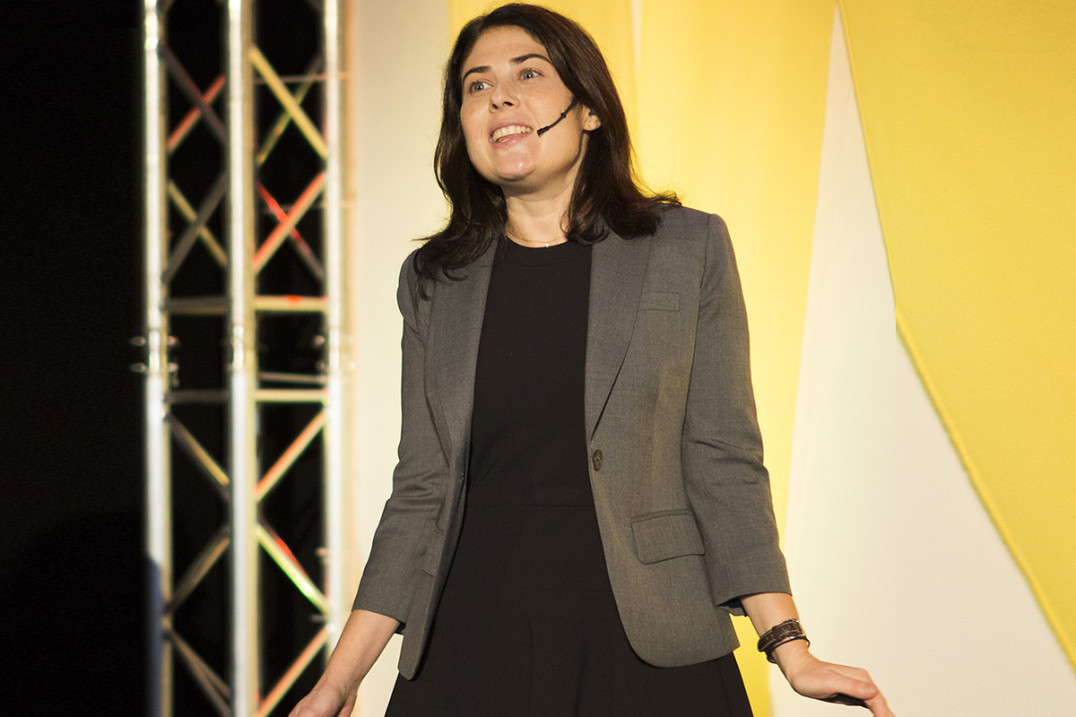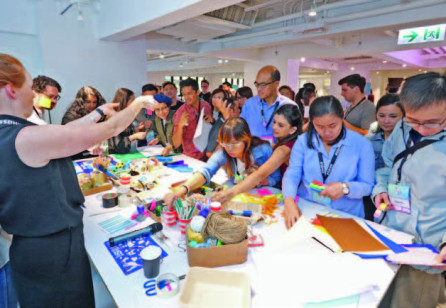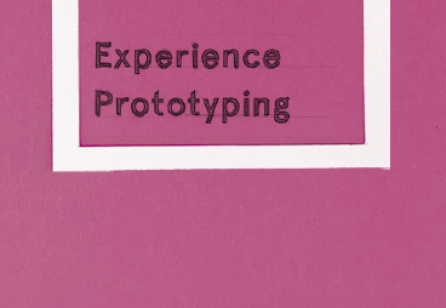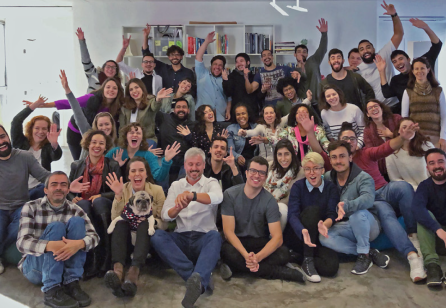What are the biggest challenge(s) you face applying behavioral science with service design to Healthcare?
Many of the services we design help patients and their families perform behaviors that will improve their health and wellbeing. Often, people agree that health behaviors are important and they have full intentions to perform these behaviors but most still don’t complete them. Consider someone who intends to schedule an annual mammogram but never gets around to it, or a person undergoing cancer treatment who intends to sufficiently hydrate but doesn’t.
Many of our services aim to help bridge this “intention-action gap.” It is quite challenging to bridge this gap and there is no silver bullet. However, insights, strategies, and tools rooted in behavioral science strengthen our approach.
What framework(s) and/or key performance indicators have you found useful to measure the impact of behavioral science with service design in healthcare?
My team often measures a service’s impact on specific key behaviors, such as scheduling an appointment or prescribing a medication. When it isn’t feasible to measure these behaviors directly, we use substitutes. For example, if we can’t directly measure medication adherence, we might ask patients to fill out a questionnaire about adherence, or we might measure another construct that has been found to correlate with adherence. Whenever possible, we use existing measures that have been found to be scientifically valid. This increases our confidence that we are measuring what we intend to measure.
What are the key ingredients necessary in delivering an exceptional end-to-end healthcare experience at scale? How do behavioral scientists help?
An exceptional healthcare experience reduces the burden on patients and families while preserving their autonomy and increasing their peace of mind. Such an experience also makes it easy for patients, families, and hospital staff to perform actions that will lead to improved health and wellbeing.
Behavioral scientists zoom in on potential behavioral barriers to and drivers of these key aspects of healthcare experience. This facilitates more efficient and robust user research, ideation, implementation, iteration, and scaling.
What is a key lesson(s) you learned over the years in scaling healthcare services?
Strong evaluation of initial pilots and rollouts becomes especially important when we need to make decisions about scaling. A firm grasp of what worked well, what didn’t, and why helps us make more informed decisions about how to scale effectively and where to iterate. Richer information about initial rollouts can also help facilitate more productive discussions with stakeholders whose support can make or break large initiatives.
What would you like to see happen for the future of behavioral science and service design for healthcare?
Behavioral science and service design form a potent combination with the potential to reduce human suffering and improve health. By leveraging behavioral insights about how people make decisions and act on them, we can design services that make it easier for people to carry out behaviors that increase long-term health and wellbeing.
I hope these types of interdisciplinary collaborations continue to become increasingly common and that their potential becomes more fully realized. My team is currently developing tools to help others integrate behavioral science and service design approaches more smoothly.
Check out other conversations at 5by5.blog









Share your thoughts
0 RepliesPlease login to comment